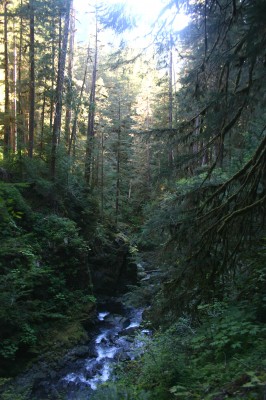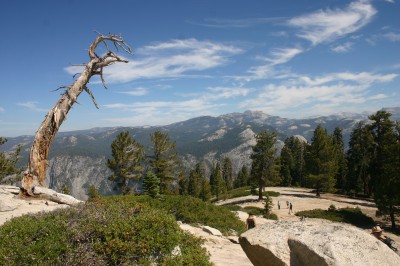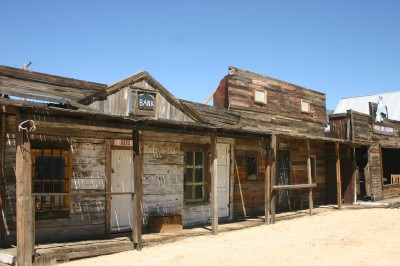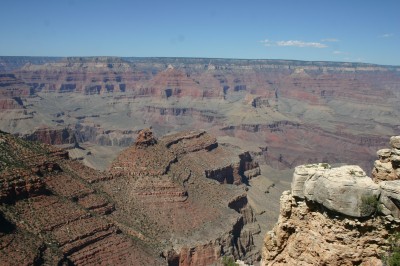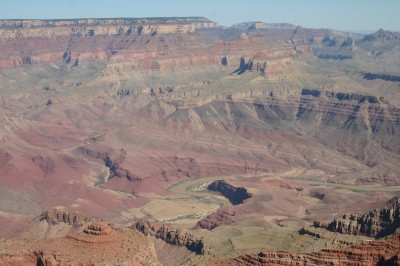The last part
of our journey comprises a visit to Olympic National Park in the state of
Washington. We take the ferry from Victoria in British Columbia on the Canadian
side to Port Angeles in Washington on the American side. We stay with my cousin
in Port Angeles in her very sustainable, organic, fascinating and tasteful
straw bale house.
Although
the landscape on Vancouver Island was green things are about to get even
greener. Olympic National Park includes a lush temperate rain forest, the Hoh
Rain Forest. It is very, very verdant with lots of different plant species networking
with each other. We hike two different trails, altogether about five
kilometres. Lichen called witch’s hair is draped on the tree branches and lends
the dark and shady wood a bit of a spooky feel.
A squirrel
comes running full speed towards, its mouth full of pine cone. It stops only
long enough to evaluate our potential danger to him. Apparently, we pass the
test because he continues to barrel busily towards us. It turns out that we are
standing right in front of the tree where he has his hidey-hole for storing his
winter’s cache. Once he has delivered the pine cone he goes out to fetch more
groceries. He has no time to waste on chattering at us.
After the
hike in the rain forest we drive to the Pacific coast. We hike downhill for a
while to get to the beach. We have this wonderful place all to ourselves. There
is light, breeze, surf and sand. Quite a contrast from the lush, dark rain
forest. We explore for a bit, enjoying the feel of the cool sand between our
toes and admiring the driftwood. After hiking back upwards again we drive some
more and then stop to take the hike to lovely Sol Duc Falls.
Next day my
cousin joins us for a few hours of hiking on Hurricane Ridge. She has worked in
the national parks for years, so she knows every little nook, cranny and
chipmunk. We walk about 10 km and, thanks to my couin’s canny and experienced
eye, we see lots more than we would otherwise, including grouse, woodpeckers,
chipmunks and more squirrels. The real treat, though, is seeing salmon spawning
in the Elwha River. This river has only recently been liberated from being
dammed, so the fact that salmon are already spawning here is good news. We see
the male fish hover over the female and we see the female wriggle energetically
to get rid of and distribute her eggs. Neat!





